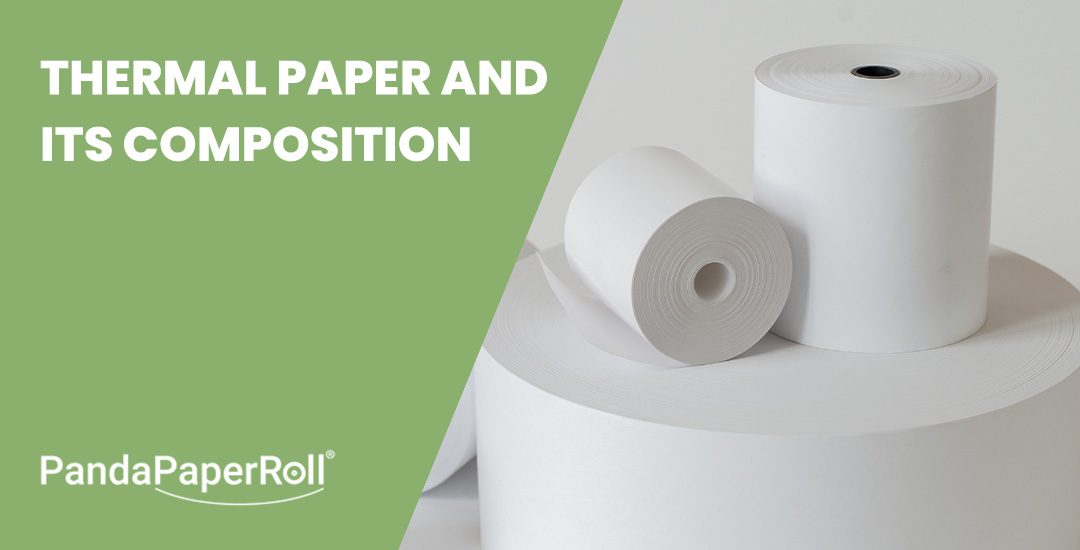Introduction
Have you ever wondered how this small printing technology works: swiping a card and getting an instant receipt with paper transaction details printed on it. Although, once we receive the receipt, we don’t look into it carefully.
Let us see how exactly this printing process works.
Thermal Printing
The printers used for such instant printings are thermal printers, and it needs special paper that is used is thermal paper. It is usually used to produce receipts for ATMs, cash registers, and other points of sale (POS). Since no ink is required in the process, this paper is frequently used with POS systems because it is more convenient to use than any other standard printers that need to have their toner or ink cartridges refilled regularly.
Thermal printing contains heat-sensitive dyes that change color when heated to about 50 degrees Celsius. The printer heats the paper and prints on it using an inkjet or laser print head.
However, there are two types of thermal printing methods.
Direct Thermal Printing Method
Chemically treated thermochromic paper, which is most frequently used in thermal labels or thermal paper as the printing medium, is utilized in direct thermal printing. The printhead focuses the necessary area on the label and applies heat when someone presses the print button. As the paper is heated to the required temperature, the coating turns black, producing the desired printed picture. In direct thermal printing, the printhead consequently makes direct touch with the print media (thermal label).
Thermal Transfer Printing Methods
A thermal ribbon and print material are used in the thermal transfer printing technique. Thin films with wax, resin, or a combination of the two on one side and a dye on the other are known as thermal ribbons. The dye is transferred from the ribbon to the print media using the thermal transfer technique. Between the printhead and the print media, there is a ribbon. The printhead warms up and transmits heat to the necessary region of the ribbon in response to a print command. The ribbon melts in the heat and transfers to the print medium. This delivers the desired print on the print media.
Now, since we know the process and types of thermal printing. Let us jump into the composition of thermal paper.
Composition of Thermal Paper
Leuco Dyes
Commonly the color used in thermal paper is a leuco dye, which is colorless at room temperature. Dyes used in thermal paper undergoes a structural change when exposed to heat and proton donor. These dyes are usually triaryl methane phthalide.
Developers
The color is produced when leuco dyes, thermal heat, and acids are mixed. Phenols like Bisphenol A (BPA) and Bisphenol S (BPS) are the most prevalent organic acids.
Sensitisers
In this process, the developer and leuco dye is mixed properly while melting; meanwhile, a sensitizer is added. These sensitizers also serve to optimize the color temperature of leuco dyes.
Stabilizers
The dyes in thermal-sensitive paper typically revert to their crystalline, colorless forms when kept in hot or humid environments. Chemicals that are identical to the developers (such as complex phenols that are multifunctional) are put into the paper to stabilize it and stop this from being compromised.
Wrap Up!
Direct thermal label printers use continuous sheets or reels to produce barcodes and labels in bulk at a reasonable price. Compared to laser, inkjet, and thermal transfer printers, the maintenance cost for these printers is also lower. However, remember that direct sunlight will shorten the lifespan of direct thermal labels. Get your direct thermal printing labels from Panda Paper Roll.
